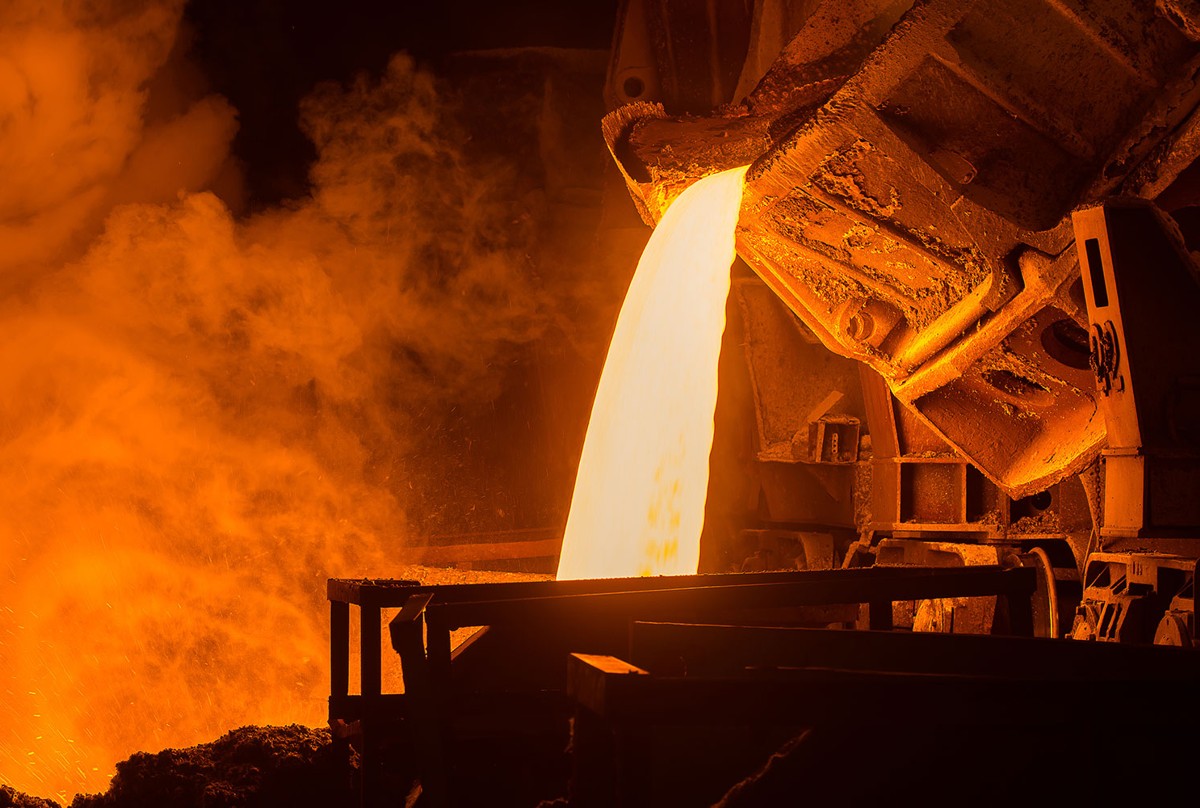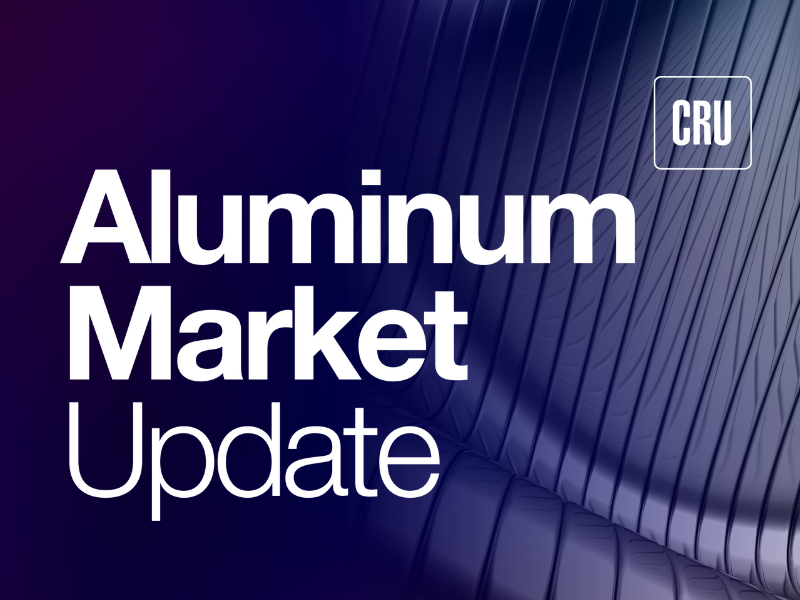Analysis

March 24, 2021
Final Thoughts
Written by Michael Cowden
I want to write a few words today about Section 232. Not for or against it. Just some reflections on a trade action that’s been with us for a lot longer than I expected.
The catalyst for that reflection was a conference call the Economic Policy Institute, a Washington policy think tank, held earlier this week.
![]() The EPI had just released a report in support of the Trump-era trade action. And I’m not sure I should even call it a Trump-era trade action. Because I know some people thought that Section 232 would be ended with the stroke of a pen on Jan. 20. Instead, the Biden administration has to date kept the tariffs and quotas firmly in place.
The EPI had just released a report in support of the Trump-era trade action. And I’m not sure I should even call it a Trump-era trade action. Because I know some people thought that Section 232 would be ended with the stroke of a pen on Jan. 20. Instead, the Biden administration has to date kept the tariffs and quotas firmly in place.
I don’t pretend to know what the outcome of the Biden administration’s review of Section 232 might be. But Commerce Secretary Gina Raimondo has said Section 232 is “effective.” And U.S. Trade Representative Katherine Tai has said the trade measure is a “legitimate tool in the trade toolbox.” Such comments suggest that Section 232 is as much a Biden-era trade policy as a Trump one.
USTR Tai has also said that the Biden administration will pursue a “worker-centered trade policy.” One key block of workers that has supported both Biden and Section 232: the United Steelworkers (USW) union. And the USW was represented on the EPI call with one local union president from Cleveland-Cliffs’ Burns Harbor steel mill in northwest Indiana and another from U.S. Steel’s Granite City works in southern Illinois.
Absent were members of the electric-arc furnace (EAF) steelmaking industry. Is that absence notable? Perhaps. Or perhaps not. Might integrated mills need “the 232s,” as some in the industry call them, more than EAF producers? Maybe. But the Steel Manufacturers Association (SMA), which represents EAF producers, has also wholeheartedly supported Section 232. And certainly the steel industry–both integrated and EAF producers–have to date presented a united front.
And then there is the question of timing. Why issue a full-throated defense of Section 232 now?
Former President Donald Trump announced 25% tariffs on imported steel and 10% tariffs on imported aluminum on March 8, 2018. They took effect on March 23. In other words, Section 232 has been in place for more than three years.
The nearest recent precedent is Section 201 safeguards put in place by former President George W. Bush. He imposed them on March 5, 2002, and lifted them on Dec. 4, 2003, meaning they were in force for a comparatively modest 21 months.
Personally, I wonder whether Section 232 might remain in place until around the 2022 mid-term elections–by which time they would have been in place for the better part of five years.
That said, I’ve heard some chatter recently that Section 232 might be lifted or eased. It’s almost the reverse of 2017-18, when I often received calls and emails speculating on when the trade action might be imposed. I’ve heard that kind of talk before. And I don’t know that I agree with it. But it’s not wise to simply ignore it.
Take a look at hot-rolled coil futures. There is a lot of open interest. And prices, if recent settlements are a useful barometer, appear poised to move sharply lower over the summer months and through the end of the year.
Is that an indication that Section 232 will be lifted? Perhaps. But it might also reflect the fact that a lot of new capacity, starting with Steel Dynamic Inc.’s new mill in Sinton, Texas, will be coming online beginning this summer. Additional capacity is also expected to come from expansions at North Star BlueScope in Ohio and at Nucor Steel Gallatin in Kentucky later this year and into early 2022.
Lower futures prices might also reflect that imports, given U.S. prices are at record highs, are attractive to domestic buyers again. Or perhaps it’s the issues above as well as the possibility of idled blast furnace capacity coming back online. Time will tell.
And timing was one of the focal points of the EPI call yesterday. This price surge is temporary, experts on the call said. And so Section 232 should remain in place. Because global overcapacity, unlike high prices, is a structural problem that is not going away anytime soon.
That’s cold comfort for those of you grappling with high prices and extended lead times in the short term–especially if you happen to be selling into an end market where it’s not so easy to pass along higher costs.
One key end market that SMU will be taking a closer look at is construction. A lot of ink gets spilled about the auto industry. But it’s important to remember that construction is the largest steel-consuming sector in the United States.
Joining us to speak about the forecasts for the residential, commercial and industrial construction markets will be Ken Simonson, chief economist at the Associated General Contractors of America. He will be the featured speaker at the next SMU Community Chat, which will begin at 11 a.m. ET on Wednesday, March 31. The webinar is free and open to all. To register, click here.
Also, as many of you know, SMU is part of the CRU Group. Our last Community Chat featured CRU Senior Analyst Ryan Smith, who spoke about carbon cost curves and “green” iron and steel making. Those issues are of keen interest to the ferrous supply chain as subjects such as hydrogen-based steelmaking and carbon border taxes increasingly become issues that must be planned for today.
That conversation will continue next week with Paul Butterworth, head of steel analysis for CRU. He will be speaking at a webinar about greenhouse gas (GHG) emissions intensity and crude steel production. That event is being held on Tuesday, March 30. There will be two sessions followed by Q&A. Those interested can register here.
As always, your business is truly appreciated by all of us here at Steel Market Update.
Michael Cowden, Senior Editor, Michael@SteelMarketUpdate.com







